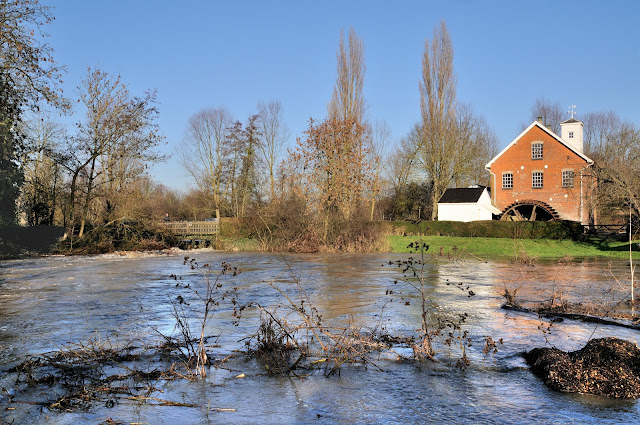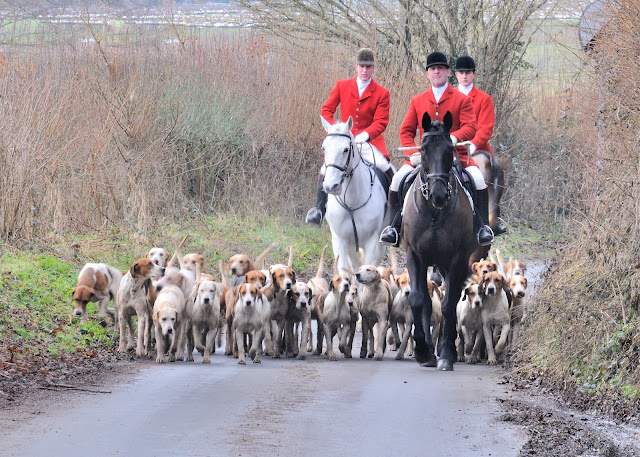The first one,`Giles`, is one of my favourites. The Giles Statue, also known as 'The Grandma Statue', depicts the popular cartoon family from famous Ipswich-based illustrator Carl Giles, Britain's best loved cartoonist
Carl Giles drew weekly topical cartoons and comic strips for the Daily Express and Sunday Express that often included characters from his fictional 'Giles Family' of which the Grandma was the most popular character. Other characters from the family that also feature on the statue are The Twins, Lawrence and Ralph and Rush the dog. Also just behind is Vera with her constant runny nose!
This bronze statue depicting Gile's most beloved characters was unveiled in 1993, just 2 years before the cartoonist died. The statue is positioned so that Grandma is looking up at the studio window of the former East Suffolk House where Giles used to work, above what is now a Costa Coffee shop.
Has Grandma pinched his wallet?
The Major By Paul Richardson
This sculpture was made in steel by Suffolk sculptor Paul Richardson and is on the roof of the public toilet building at Major's Corner. The Major is swatting flies!
Apparently the Borough Council felt that a building that provides such essential public facilities, but by its function is quite plain in design, should be enlivened by public art, particularly as public art commissions are becoming an increasingly common part of the development process.
The brightly coloured mural was created by Creative Space International, who are based in Norwich, and were commissioned by Ipswich Borough Council's Environment Department.
It was thought that the river wall had become an eyesore with unpleasant looking scribbles.
The Sir Bobby Robson Bridge is a 60-metre (200 ft) cable-stayed pedestrian footbridge over the River Gipping, built at a cost of £800,000. The height of the structure makes it the 2nd highest structure in Ipswich. The bridge was named after Sir Bobby Robson, the ex–Ipswich Town manager, Newcastle United manager and England national football team manager, who died in 2009. Funded by the property developer Fairview, the bridge was constructed in 2009 and designed by Train and Kemp. It connects a residential development with the town centre. Before the construction of the bridge, residents had to walk a considerably long way to the next river crossing.
The Navigator
John Atkin was commissioned to make this sculpture for Ipswich, alongside the River Orwell, by Ipswich River Action Group. The sculpture was inspired by Ipswich's Maritime history and industrial past. Influences were found amongst a variety of sources, from nineteenth century stern castings for ships, navigational instruments, to pattern templates and the “wheels” of industry.
This work was constructed in corten steel, a material that is synonymous with the area's past industrial use. It stands, 16ft high, alongside the river, adjacent to a cycle path, watching, guarding, a sentinel to a new era. The Navigator alludes to Ipswich maritime history as well as a navigator for the future.
More Graffiti Art along the riverside. Some of this work is brilliant, and in my opinion, enhances the area which looked rather scruffy and rundown.






















































